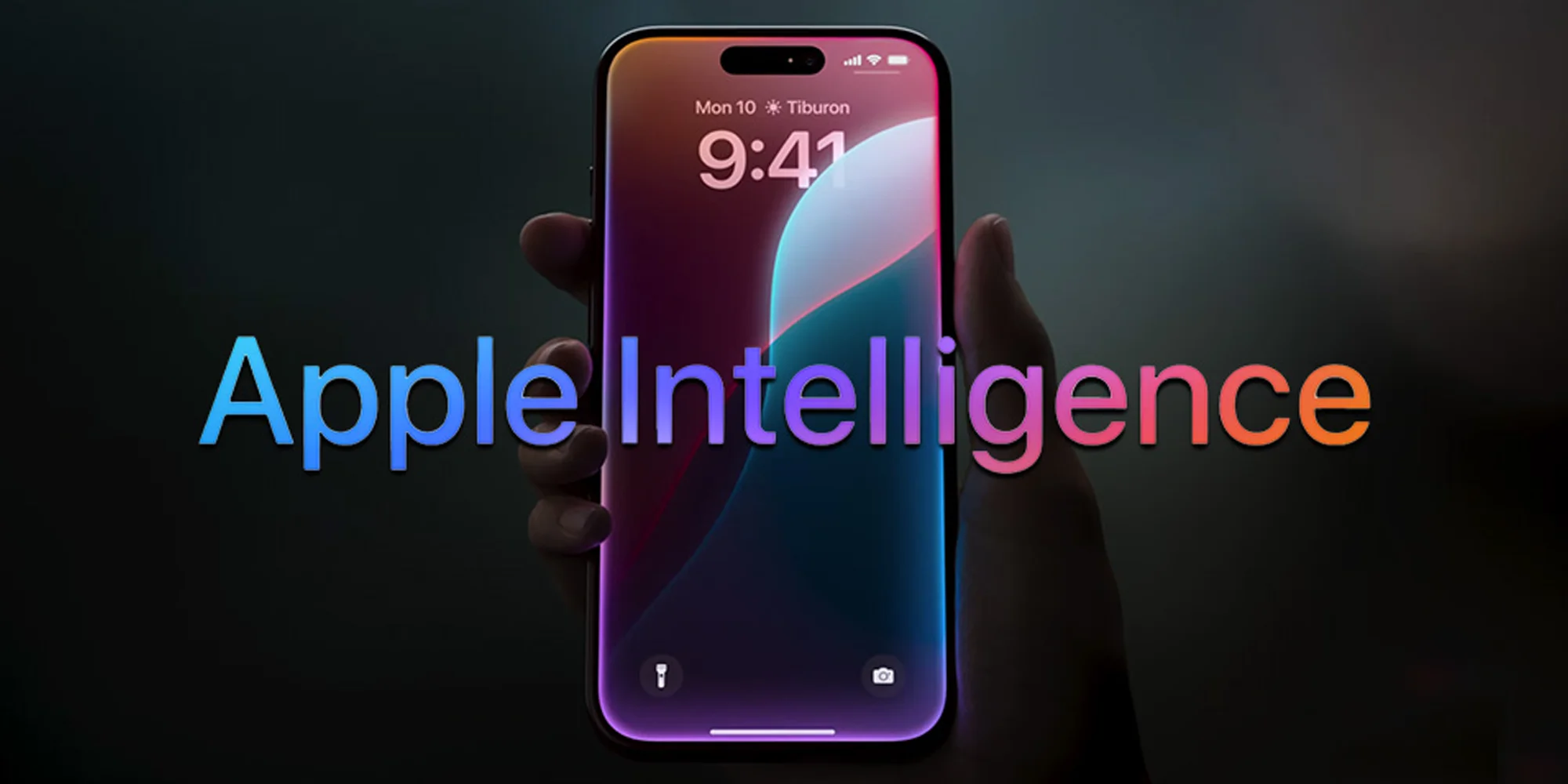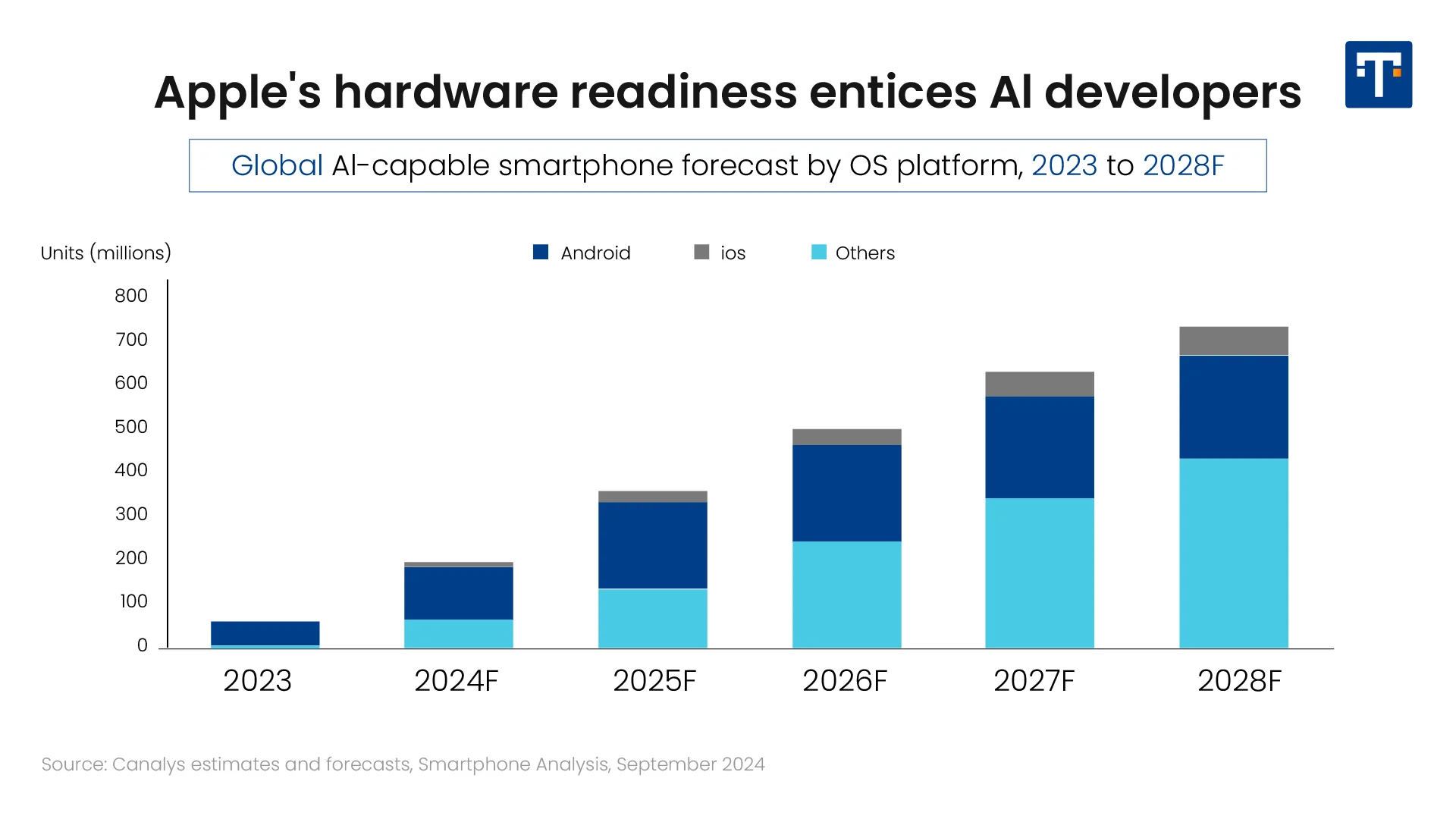Necessary Always Active
Necessary cookies are required to enable the basic features of this site, such as providing secure log-in or adjusting your consent preferences. These cookies do not store any personally identifiable data.
|
||||||
|
||||||
|
||||||
|

Artificial intelligence has gone from buzzword to a real driver of change across industries and daily life. As tech giants race to build it into their products, Apple has taken a more measured approach with Apple Intelligence, its own spin on personal AI. Designed to help with everyday things like summarizing emails, writing notes, creating images, or managing notifications, it doesn’t try to take over your screen. Instead, it quietly works in the background, making your device smarter in ways that feel natural and useful.
Apple has had Siri for years, powered by machine learning, but many believed it was falling behind in the AI race. However, Apple believed that the idea that they have to jump first doesn’t make a lot of sense. In June 2024, they finally introduced Apple Intelligence, combining the power of generative models with personal context to set a new standard for privacy in AI.
Apple’s AI strategy isn’t just about adding new AI features; the initiative reflects a privacy-first, on-device AI strategy that contrasts sharply with the cloud-centric, data-hungry models from OpenAI, Google, and Meta. This article discusses the strategy behind Apple’s AI, how it is used and what Apple Intelligence means for you.
What does Apple Intelligence mean?
It’s important to note that it’s not called Apple AI, it’s called Apple Intelligence on purpose. Apple wants everyday users to associate it with general artificial intelligence at first, but over time, the goal is for people to start thinking that “AI” stands for Apple Intelligence. That’s when they’ve truly captured you.
Apple Intelligence is a powerful system that brings generative AI to Apple devices, using personal context to deliver useful, relevant features that are helpful and relevant. What this means for you is that Apple Intelligence is built directly into your iPhone, iPad, and Mac. It leverages the power of Apple silicon to generate language and images, perform actions across apps, and use personal context to simplify and speed up everyday tasks.
Apple’s AI strategy had to reflect its brand pillars: privacy, user-centric design, and tight ecosystem integration. These principles are not merely marketing slogans; they are the architectural blueprints for Apple Intelligence.
Privacy: At the core of Apple’s identity is its unwavering commitment to user privacy. This translates directly into its AI approach, with a strong emphasis on on-device processing. This means that the vast majority of AI tasks, from summarizing notifications to generating images, happen directly on your iPhone, iPad, or Mac, without your data ever leaving your device.
For more complex tasks that require greater computational power, Apple introduces Private Cloud Compute. This innovative system is designed to extend on-device intelligence by securely leveraging Apple’s servers without storing your data or making it accessible to Apple. It’s a testament to how the company aims to build user trust and distinguish itself in a competitive landscape, aligning perfectly with GDPR compliance.
User-Centric Design: Apple’s products have always been about enhancing the individual user experience. Apple Intelligence is no different. Rather than a generic, one-size-fits-all AI, Apple’s focus is on making your devices more personal, intuitive, and helpful. It’s about AI that understands your context, anticipates your needs, and simplifies your daily interactions, all while prioritizing your data’s security.
Tight Ecosystem Integration: The magic of Apple’s ecosystem lies in how its devices work together seamlessly. Apple Intelligence is engineered to extend this integration, ensuring that AI capabilities flow effortlessly across your iPhone, iPad, Mac, and Apple Watch. This tight integration means a consistent and powerful AI experience, no matter which Apple device you’re using.
Apple Intelligence is built upon several critical components that underscore its unique position in the AI race.
The detailed explanation of on-device AI processing highlights that your personal data remains on your device. When Private Cloud Compute is invoked for more demanding tasks, it’s done with cryptographic assurances that your data is not stored or exposed.
This approach is a significant differentiator, aiming to build unparalleled user trust and meet stringent privacy standards, making Apple’s AI GDPR compliant, which is a natural outcome of its design.
Apple’s custom silicon is key to executing its privacy-centric Apple AI strategy. The A18 Pro chip, used in the latest iPhones, features a 16-core Neural Engine capable of handling up to 35 trillion operations per second (TOPS). That’s a staggering amount of computing power built specifically for AI.
Apple Intelligence can:
All without needing to touch the cloud. It runs quietly in the background, keeping your data with you. Apple’s custom-designed silicon, including A-series and M-series chips, enables on-device AI that is both powerful and energy-efficient, forming the hardware backbone of Apple’s AI strategy.
Apple excels at on-device AI but recognizes the wider AI ecosystem. Rather than building every large language model in-house, Apple partners strategically. If Siri can’t handle a complex query, Apple Intelligence may offer external models like ChatGPT or Google Gemini, using opt-in transparency logs. This hybrid approach preserves Apple’s on-device-first policy while giving users access to external AI capabilities.
Developers can integrate Apple Intelligence into third-party apps using new APIs and the on-device large language model. This allows apps to offer personalized AI features without compromising user privacy, a key pillar of Apple’s AI strategy.

Shortcuts can tap into Apple Intelligence for more advanced automations, and offline capabilities mean apps can remain helpful even without a network connection.
This means more intelligent, personalized, and context-aware applications, leveraging iOS 18 on-device AI features to create a richer user experience. This will undoubtedly shape Apple’s AI future. This shift could usher in a new wave of AI-powered tools built specifically with user trust in mind.
The differences between Apple and other Big Tech players boils down to their AI strategy.
The core differences lie in data handling, processing location, and strategic goals. Apple prioritizes privacy and on-device processing, making data leaving your device the exception rather than the rule. Other players often prioritize scale and breadth of knowledge, which frequently necessitates cloud-based processing and extensive data utilization.
Here is a breakdown of their differences:
|
Features |
Apple Intelligence | Google, OpenAI and Meta |
| Processing | On-device first and minimal cloud use | Primarily Cloud-based |
| Data Use | No storage and no training based on user data | Data is often used for model improvement |
| Customization | Usually based on device context and not user profiles | Based on cross-platform user behavior |
| Privacy | Sets a new standard for privacy in AI and forms part of the core brand promise. | Claimed but less transparent |
| Ecosystem | Fully integrated and tightly controlled in-house | Broad but fragmented integration |
Apple Intelligence represents a distinct and deliberate path in the evolving world of artificial intelligence. It’s a strategy that prioritizes the user, placing privacy and personal context at the forefront.
For you, the end-user, this means enhanced privacy through on-device processing and Private Cloud Compute, personalized experiences that adapt to your unique needs, and seamless integration across all your Apple devices.
Apple’s AI strategy is one of the best examples of how Artificial intelligence is used in our everyday life. By demonstrating that powerful AI can be delivered without sacrificing privacy, Apple is setting a new standard and challenging the prevailing cloud-centric models.
This approach not only strengthens Apple’s position as a privacy advocate but also promises a future where AI truly serves the individual, making technology more helpful, intuitive, and trustworthy.
Sign up to receive our newsletter featuring the latest tech trends, in-depth articles, and exclusive insights. Stay ahead of the curve!